In photography there are moments when we have “fortunate accidents”; can we also have those with gear purchases?
I didn’t originally set out to purchase the Canon EF-M 55-200mm f/4.5-6.3 IS STM telephoto lens. It wasn’t readily available in the North American market and I initially decided that I would purchase the EF-S 55-250mm f/4-5.6 IS STM lens to use on both my 70D and the EOS M3 bodies (via the EF Adapter). The EF-S lens had a longer focal range, closer minimum focus distance, and a slightly faster aperture. The trade-off was significantly larger size, but the price was also a bit lower (in this case less is truly more!) My experience with EF 40mm f/2.8 STM and 50mm f/1.8 STM led me to believe that autofocus would be quite snappy through the adapter, as the STM lenses all seem to perform well on the M3.
Imagine my disappointment when I received the lens, put it on the adapter and then onto the M3, pressed the shutter down halfway, and then watched the less creep like paint drying into focus. It was shockingly slow, and I was seriously disappointed. The autofocus on the lens when mounted on my 70D was quite good, but something was not working with the M3. I bit the bullet and imported the EF-M 55-200 STM from Japan (it has since become available in North America!) I’ll come back to that in a moment. Let me finish the story on the EF-S lens for those of you considering it…
I put the word out about this on CanonRumors to see what other photographers were encountering. Another user let me know that there was a firmware update via Canon UK for the EOS M3 specifically for helping focus speed with the EF-S 55-250 STM. I downloaded it, but didn’t notice any measurable improvement. I shared this. He pointed out that there was a second firmware update for the lens itself specifically for the M3/lens combination. I downloaded and installed it, and voila, suddenly the lens focuses almost as quickly and confidently as the native EF-M 55-200 STM lens. It isn’t as fast as with the 70D (unsurprising), but the difference isn’t much. The lens focuses very fluidly for video as well. Other than the notable size difference, the operational difference between the two lenses is now minimal. We’ll come back and examine the pros and cons of both these lenses at the end of the review, but let’s get back to the actual lens at hand.
Nicely Compact
Prefer to watch your reviews? Just click below:
After actually getting and using the EF-M 55-200 STM lens, I’m not at all disappointed at how things ended up. The lens has quickly found a place into my heart for a number of reasons I’ll detail throughout the review.
The 55-200STM is a nicely compact lens for a lens that has an effective 88-320mm full frame equivalent focal length. Doubtless the choice to have a slightly slower aperture at all focal lengths when compared to the EF-S 55-250mm helped to enable this size. The EF-M 55-200 STM is basically 1/3rd stop slower at all focal lengths.
| Lens | f/4 | f/4.5 | f/5 | f/5.6 | f/6.3 |
| EF-M 55-200 STM | ————- | 55-62mm | 63-99mm | 101-163mm | 164-200mm |
| EF-S 55-250 STM | 55-63mm | 64-99mm | 100-154mm | 155-250mm | ————– |
The EF-M is not a fast lens when it comes to aperture by any stretch of the imagination, but the trade-off is a fantastic size for a telephoto: 2.40 x 3.41″ (60.9 x 86.5 mm) and only 9.17 oz (260 g). It’s not a lot bigger than the size of the EF-M 18-55mm kit lens [2.40 x 2.40″ (60.9 x 61.0 mm)] and is only 50g heavier [7.41 oz (210 g)]. Both share a small but common 52mm filter size (a relief, as so far Canon’s EF-M lens filter sizes have been all over the small end of the map.) Like the 18-55mm, the 55-200 STM has a seven blade aperture iris. The blades on the 55-200 STM are rounded and do an effective job at producing fairly nice bokeh.
no images were found
What the EF-M 55-200 STM doesn’t share with its little brother is a metal bayonet lens mount, substituting a plastic mount like the EF-S 55-250 STM instead. The lens is so light that this surely won’t ever provide any issue, but as a matter of principle I prefer the better build of a metal mount and had hoped that this would be status quo for the EF-M lenses from Canon. Perhaps the metal mount was sacrificed for weight savings, but it was probably more a cost saving move.
I have been very pleased with the overall look and build quality of the EF-M lenses. They seem like more premium lenses than the EF-S counterparts. I like the sleek barrel design and the fine texture of the zoom rings. They give you a metal instead of plastic feel, though this is just perception. The texture on the zoom ring feels like it has been machined into metal. I like it. This lens continues to the EF-M tradition of having no external switches, relying on the camera body to turn the IS on/off or to switch from AF to Manual Focus. Fortunately the M3 has a dedicated switch for this, making the transition less abrupt than before. The relatively small manual focus ring on the lens is a quick reminder that manual focus is really not much of a priority on STM lenses, and I still really dislike the disconnected feel of manually focusing STM lenses (which use an electronic “focus by wire” rather than a mechanical coupling to the lens elements for manual focus).
The inner barrel of the lens protrudes about 1 ¾”/5cm when at its 200mm end. The zoom design is a single barrel extension that feels secure and without any wobble. The zoom action is exceptionally smooth and very well damped. The smoothness feels more like an internal zoom action than an external one and is noticeably superior to EF-S lens which feels a little crude by comparison.
The 55-200 STM is noticeably smaller than the EF-S 55-250 STM lens. The EF-S lens is reasonably compact and light, but is an inch longer (4.38”/111.2mm), thicker around, and weighs a third more (375g). To use it on the M3, though, one must also add another inch in length for the EF Adapter along with another 110g of weight. The end result is 485g, which is uncomfortably close to twice as heavy and nearly 50% longer. The visual difference is even more striking than the numbers suggest. It ends up feeling fairly front heavy on the compact M bodies.
All in all I’m very thankful for the compact size and this has become instrumental to the way I actually use the lens. The combination is small enough that I have taken to bringing it along when I go out to shoot landscapes with a full frame wide angle kit (my current combo is the Canon 6D, Tamron SP 15-30mm f/2.8 VC, and the Fotodiox WonderPana filter system.) The option of having a telephoto look at landscape scenes has already produced some new favorite images. It’s a small combination, but the great sensor of the M3 and the great optics of 55-200 STM are a winning combination. One of my favorite small bags for the M (and now M3) system has been the Vanguard 2GO 10. It’s nicely made and very compact, and I’m able to still fit this combination into it and have great protection for the combo. It is also discrete enough that I have started taking it along to non-critical events like school events and capturing the board room, for example:
no images were found
Optical Performance
The 55-200 STM is a fairly complex optical instrument for its diminutive size, with 17 elements in 11 groups. This is a bit more complex than the EF-S lens at 15 elements in 12 groups. It continues the trend of the EF-M lenses being optically superior to their EF-S counterparts, although the EF-S 55-250mm is already a fairly impressive lens for its very low price point. Still, the 55-200 STM manages to provide an optical advantage across most of the focal range, with perhaps a very slight advantage at 200mm for the EF-S lens (which is still not at the end of its own focal range). Still, you could not really ask for a better optical performance from this lens. It is essentially perfectly sharp from corner to corner save at 200mm, and even then it is near flawless. The image quality in fact is fairly close to the amazing Canon 70-300L, though the full frame lens enjoys other advantages. All in all this is really a very impressive little lens optically.
One area where it does give up an advantage to the EF-S lens is in the area of vignette. The extreme corners show a full 3 stops of shading compared to less than half that for the EF-S lens. The lens has to be stopped down to f/8 to really compete with the 55-250 STM wide open. If there is any advantage for the EF-M lens here it is that the vignette is extremely linear and is thus easy to correct for and in many cases actually quite flattering. Overall this must be considered one of the major optical shortcomings of the lens.
Another shortcoming is one shared with the EF-M 18-55 STM – a somewhat lackluster performance when it comes to flare resistance. While the lenses exhibit a fairly decent resistance to veiling when the sun is placed in the frame (particularly at wider focal lengths), there are a number of ghosting artifacts that show up at various focal lengths and apertures. The EF-M lens is better in the veiling department than the EF-S lens but worse in the ghosting artifact department. Canon has continued its unfortunate tradition from its EF-S mount lenses of not including a lens hood with the EF-M lenses. The 55-200 STM could probably use one in some circumstances. Contrast remains fine with the sun in the frame, but you just might end up with one of those green blobs floating across your image. I know from experience that those aren’t much fun to try to edit out in post. My advice is to keep the sun out of the frame for the most part (which is easier to do with a telephoto!)
The upside is that chromatic aberrations are exceptionally well controlled. I have searched though a number of images that I know from experience would be likely suspects but simply can’t find the CA. This is a very nice performance and contributes to the good overall image quality.
Contrast is very good, as is color rendition, resulting in crisp, detailed images from the lens that just look good…and sometimes great!
One final area that I’m a little disappointed in when comparing to the EF-S lens is that the minimum focus distance is higher for the EF-M lens (3.28’ vs. 2.79’) and the combination of that plus a shorter maximum focal length results in a considerably lower maximum magnification figure of .21x vs the .29x figure for the EF-S lens. This is still a useful figure, obviously, but the 55-250mm lens’ figure is even more useful. Here’s one near minimum focus from the 55-250 STM:
And now one from the 55-200 STM:
Handling in the Field
I doubt any of you will be surprised to hear me report that the EOS M line of cameras leaves a lot to be desired when it comes to sports action. Even the M3 (read my review here) though a delightful little camera in other areas is seriously underspecced when it comes to competing with, say, a Sony A6000 when it comes to burst rate and AF Servo tracking. Since there isn’t a great body to evaluate AF Servo tracking on, right now my assessment of the lens will limited by the limitations of the system it was designed for. If you are looking for top of the line option for sports, neither the M system nor this lens are your top choices. The lens performs fairly well within the constraints of the M3’s AF Servo and Continuous AF systems. I moved from one distance to another while firing off shots and got generally well focused results, and I’ve had no issues in normal mode using One Shot AF and capturing normal, reasonably still targets.
But trying to use the lens to capture fast moving action (like my dog playing fetch) is generally a disaster. The M3/EF-M 55-200 STM combo just doesn’t track. If I were using my EOS 70D for a sequence of the dog charging towards me I would have 7-10 frames, and, depending on the lens, they might just all be in focus. I was lucky to get the camera to even take a picture under the same circumstance, and even if it did do a bit of a burst (like in this brief four frame sequence), even the first picture wasn’t particularly well focused and it was clear that the camera did not refocus at all during the sequence. Focus stayed at the same point.
no images were found
If you need a camera to track action you simply have to look elsewhere. The M system is not at all satisfactory for this type of shooting.
It can also be a bit of a frustration if you are trying to track, say, a bird flitting from branch to branch. The improved screen refresh rate of the M3 is an improvement over the M1 I used before, and the EV-F helps further, but the system is still a bit limited at telephoto distances when trying to track a moving target. Still, if you own a EOS M3 camera body, this lens is one of the better uses of its EV-F DC-1 electronic viewfinder. I find the EV-F helps to isolate you from distractions and enables you to more quickly latch onto a moving target visually.
I should also add that of all the EF-M lenses I have used, this is the most likely to miss focus and severely defocus before attaining the correct focus. It doesn’t happen often, but it typically just doesn’t happen at all with the other EF-M lenses. For the most part, however, the AF performance is fine for most of what I need the lens for.
I guess the point that must be made is that you need to have reasonable expectations for what you are going to get out of Canon’s mirrorless system and this, the lone telephoto lens. Mirrorless just isn’t a replacement for a good DSLR when it comes to action shooting, so if that is a priority for you, this isn’t your combo. If you are willing to accept those constraints and use the system to its strengths, you will be far more satisfied.
Strengths
I’m very happy to have this lens myself because of the focal range. I’ve already mentioned that this is a great option for landscape work. Often a telephoto focal length is just what the doctor ordered for many landscape scenes. It is either bring distant details close, compresses scenes in a flattering way, or enables you to isolate important details. I wrote an article about this that you can read here. I’ve often taken along my 70-300L telephoto lens for a telephoto perspective when shooting landscapes or traveling. There have been moments that I have regretted packing it along, however, mostly because it isn’t light and I didn’t end up using it very much. Since adding this lens to my kit I have elected to sell my 70-300L in lieu of the 100-400L II. The latter is the better wildlife telephoto option, and I have instead chosen to carry the M3/55-200 STM combo when traveling or shooting landscapes. I mostly need the focal length when traveling, not speed or action, and this combination produces some very, very good results that aren’t much behind what I could get from the 6D/70-300L under similar circumstances. So, when used to its strengths, it is a great option.
The 55-200 STM also has an effective image stabilization (IS) system. I have found that with careful technique I can get great results at 1/10th second and even reasonable results as low as 0.4 seconds at 200mm.
That becomes very useful when shooting static scenes (if there is any subject movement you HAVE to get your shutter speed up to stop action). When you do have a static scene, however, you can use a low shutter speed and help keep the ISO setting down. This helps a lot for various travel and general shooting situations. It is also a blessing when shooting video. The IS does a very credible job of providing a stable platform for video capture. The lens is rated at 3.5 stops of camera shake, which is a bit lower than the 4 stops that is often the standard in regular DSLR lenses, but I would say that the IS is actually very well implemented here. It is essentially silent in operation, doesn’t cause any jump of the “viewfinder” image (on the LCD or EVF), and does a great job of holding the image steady on the screen. It’s so good that you forget it is working, save you have a very steady screen and steady results.
Vs. the EF-S 55-250 STM
If you perform the firmware updates to the lens and EOS M3 body, the EF-S 55-250 STM remains a credible alternative to the EF-M 55-200 STM. It is larger than what feels natural for the system, of course, but I’ve used the combination for at least 100 shots and found it to not be a burden to use, either. The improved grip and ergonomics on the M3 body help in this regard. AF speed is just a fraction slower with the adapted lens, but is very usable after the firmware updates. The EF-S lens has a $50 advantage in price, but that advantage vanishes if you don’t already have the EF adapter. There is also the advantage of being able to use the lens on another APS-C body (in my case I also own a Canon EOS 70D). Here’s a brief breakdown of pros for each lens:
EF-M 55-200mm STM
- Significant size advantage
- Construction and handling are superior
- Better overall image quality
- Better balance on EOS M/M2/M3
- Greater portability (retains the compact nature of the mirrorless system)
EF-S 55-250 STM
- Price advantage (if you own the EF adapter)
- Longer focal range
- About 1/3rd stop aperture advantage at all focal lengths
- Can be used on EF-S mount cameras as well.
- Better minimum focus distance and maximum magnification
As you can see, there is no clear winner. For my own purposes I will probably just keep the actual EF-M lens. Its small nature makes it a logical companion for travel and it is the more natural fit for the M system – which is where I will primarily use it as I have better telephoto options when using my DSLRs. Still, my unique needs may not be yours, and if you are looking for a 1 lens telephoto solution to share across a couple of camera bodies, the EF-S lens may be the better choice for you.
Conclusions
All in all the EF-M’s lone telephoto option at the moment is at least a good one. It is very compact, has a great focal length, is nicely built (despite the plastic lens mount), and delivers excellent image quality. It is held back by the focus limitations of the M system when it comes to action photography, but it is a very fine option for general purpose shooting and landscape. It is even a decent portrait lens in a pinch. Its only real optical shortcomings are being prone to ghosting with the sun in the frame and a fairly heavy vignette, though I’ve not really noticed a big issue with the latter in the field and the former can be fairly easily avoided. It has a very effective image stabilizer, is cosmetically pleasing, and mechanically functional. It has a quickly found a niche in my own kit, and it can do the same for you, but only if you have realistic expectations about the limitations of the M system.
Pros:
- Overall excellent optical performance across the focal range
- Excellent contrast and color rendition
- Compact and light
- Nicely designed cosmetically
- Mechanically very functional (great zoom action!)
- Great chromatic aberration control
- Effective image stabilization system (IS)
Cons:
- Highlights limitations in the EOS M AF system
- Has fairly heavy vignette on the wide end
- Is prone to ghosting artifacts with the sun in the frame
- Will occasionally hunt when acquiring focus
- Has less focal range and smaller maximum magnification compared to EF-S equivalent
I reviewed a retail copy that I have personally purchased an added to my own kit. Here is a collection of more images that I’ve taken with the lens over the past few months:
Gear Used:
Canon EOS M3 Mirrorless Body
EF-M 55-200mm f/4.5-6.3 IS STM Lens (Black)
Adobe Lightroom CC Software for Mac and Windows (Boxed Version)
Adobe Photoshop Creative Cloud 1-Year Subscription
Alien Skin Exposure 7 (Use Code “dustinabbott” to get 10% anything and everything)
EF-S 55-250mm f/4-5.6 IS STM Lens
Purchasing your gear through B&H and these links helps fund this website and keeps the articles coming. Thank you for your support.
Great News! I can now offer a 5% discount on all purchases at Amplis Foto, Canada’s Leading Photographic Supplier. Please enter discount code: AMPLIS52014 in your cart. It is good for everything in your cart, and is stackable with other coupons, too! It will take 5% off your entire order! Proceeds go towards keeping this site going and providing you with new reviews!



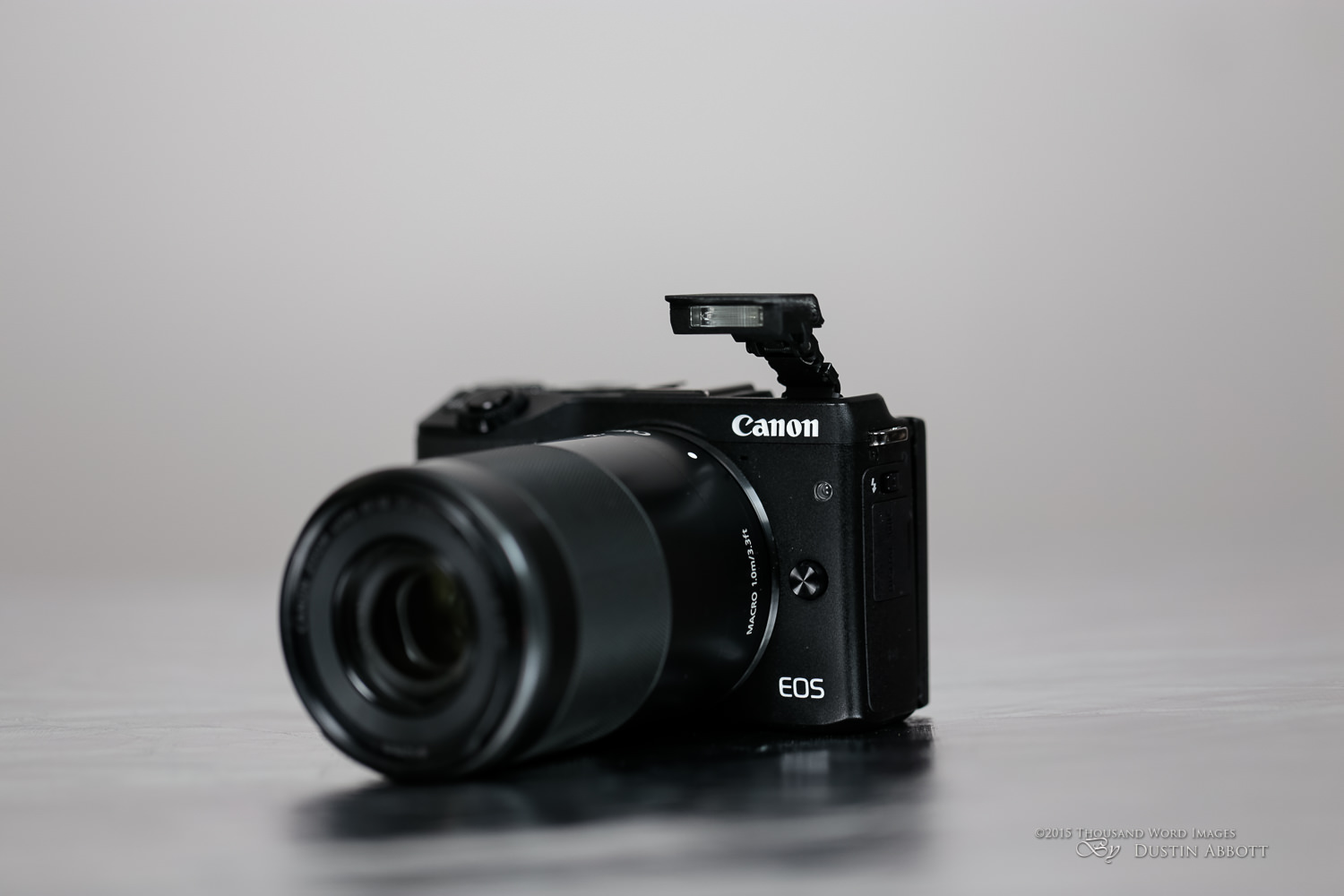
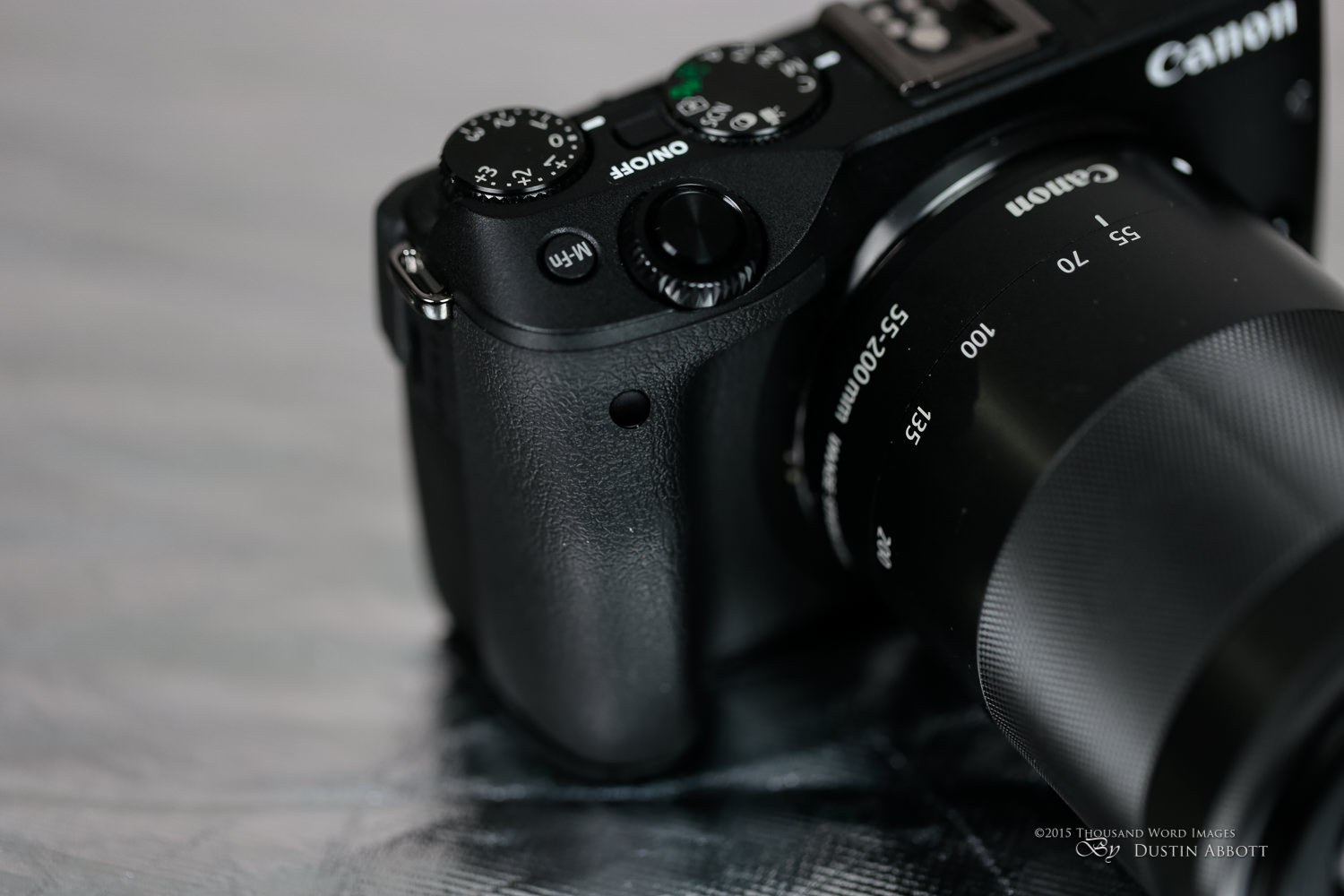








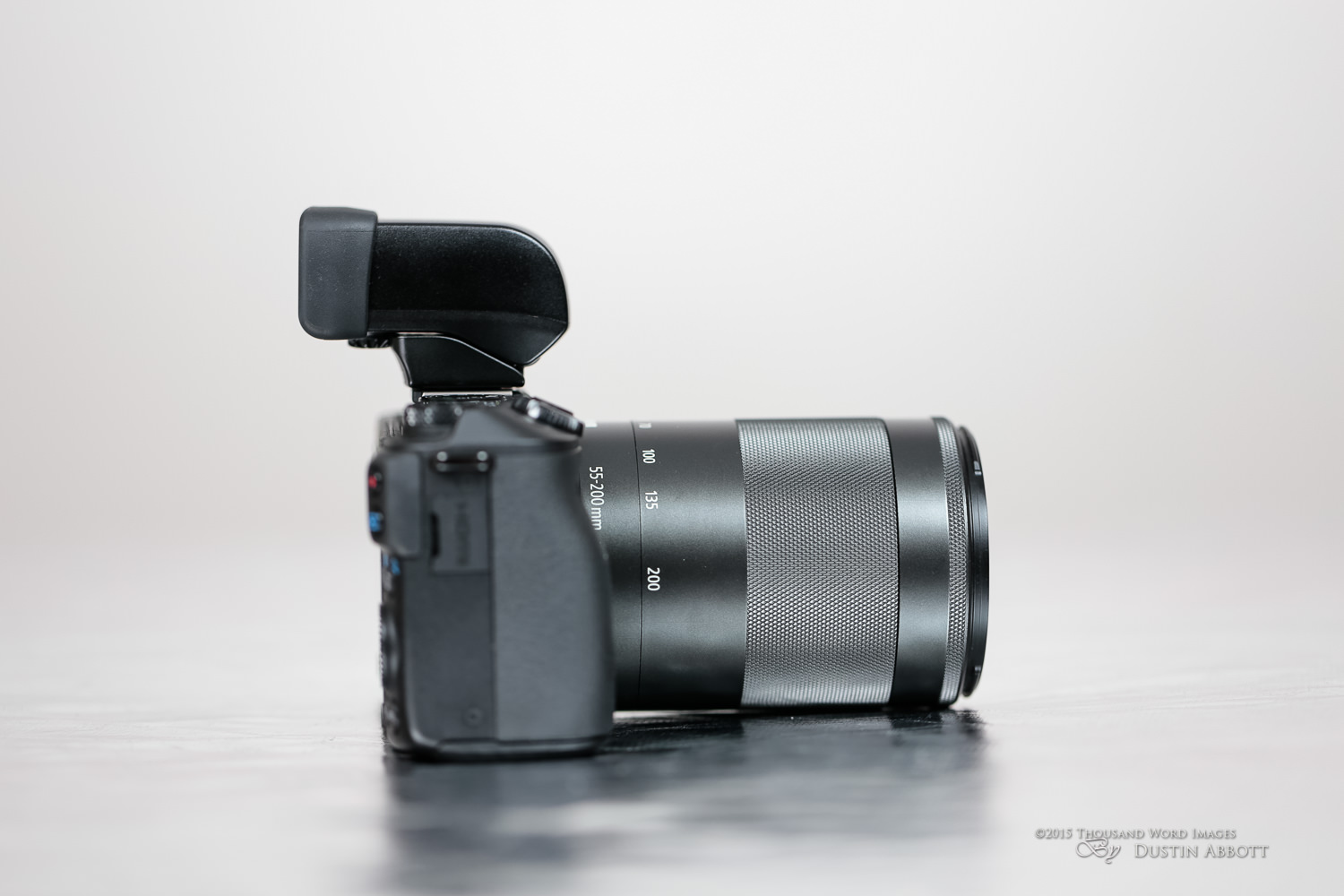











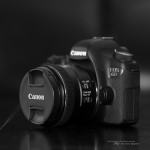
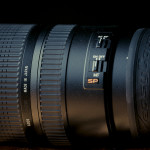
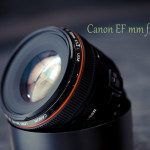





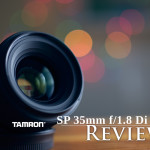
[…] Dustin Abbott […]